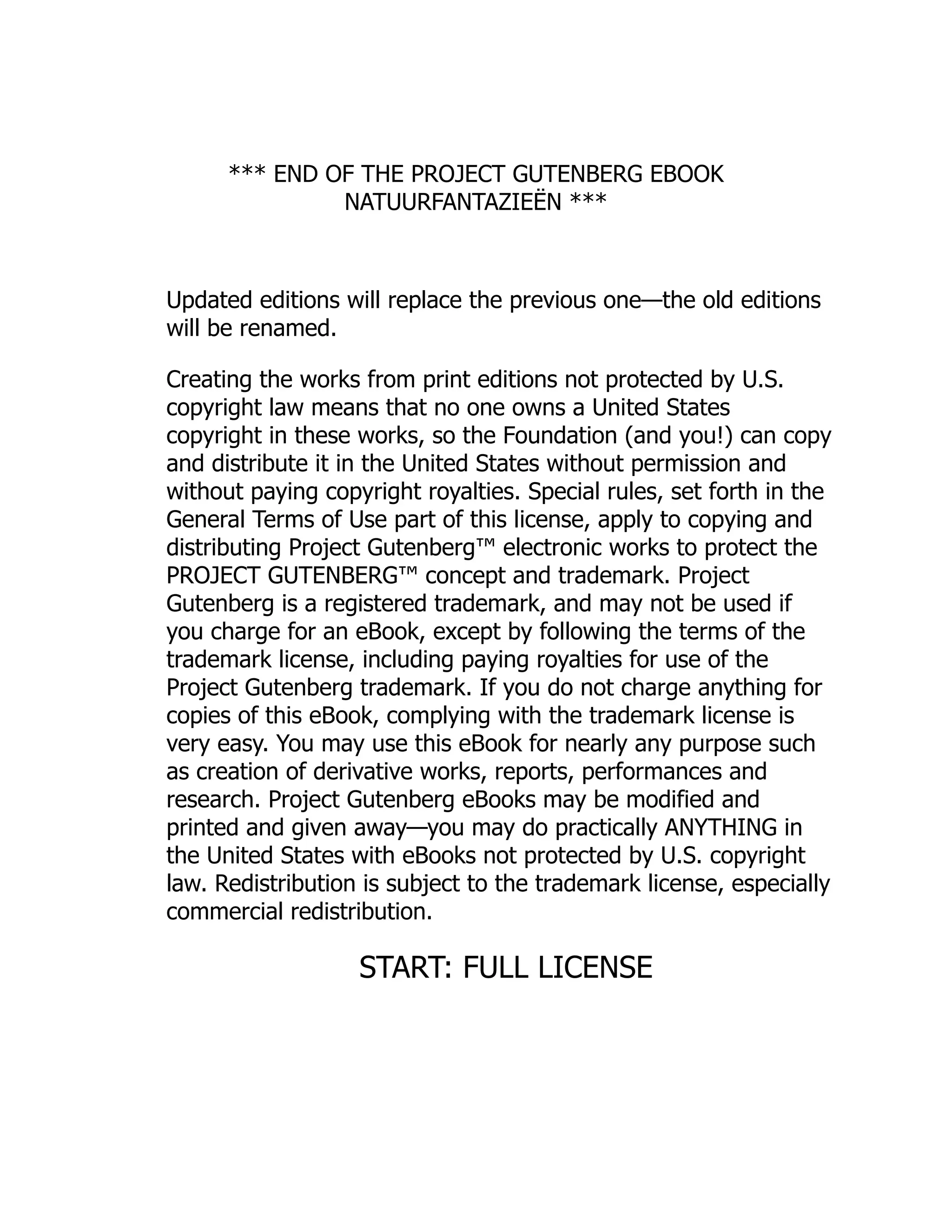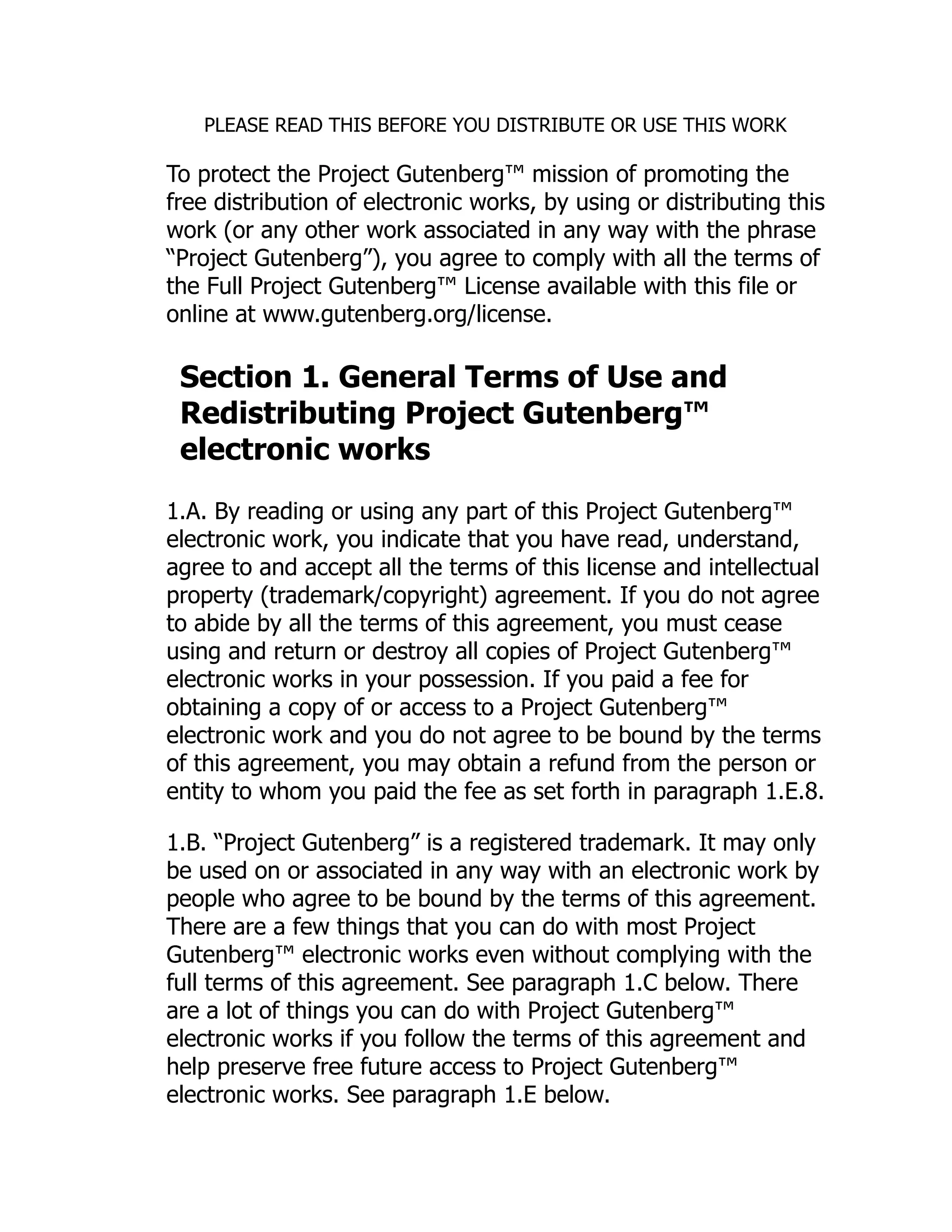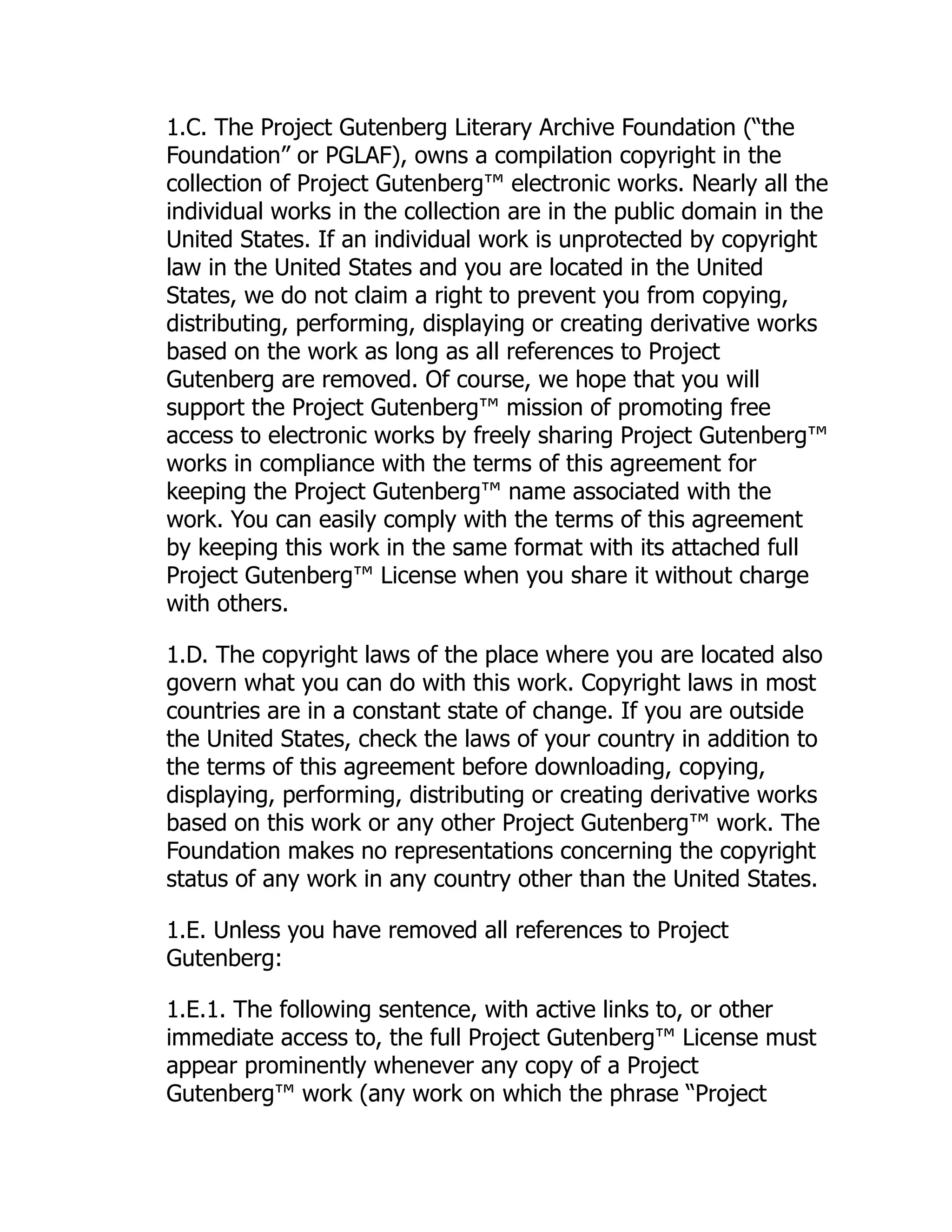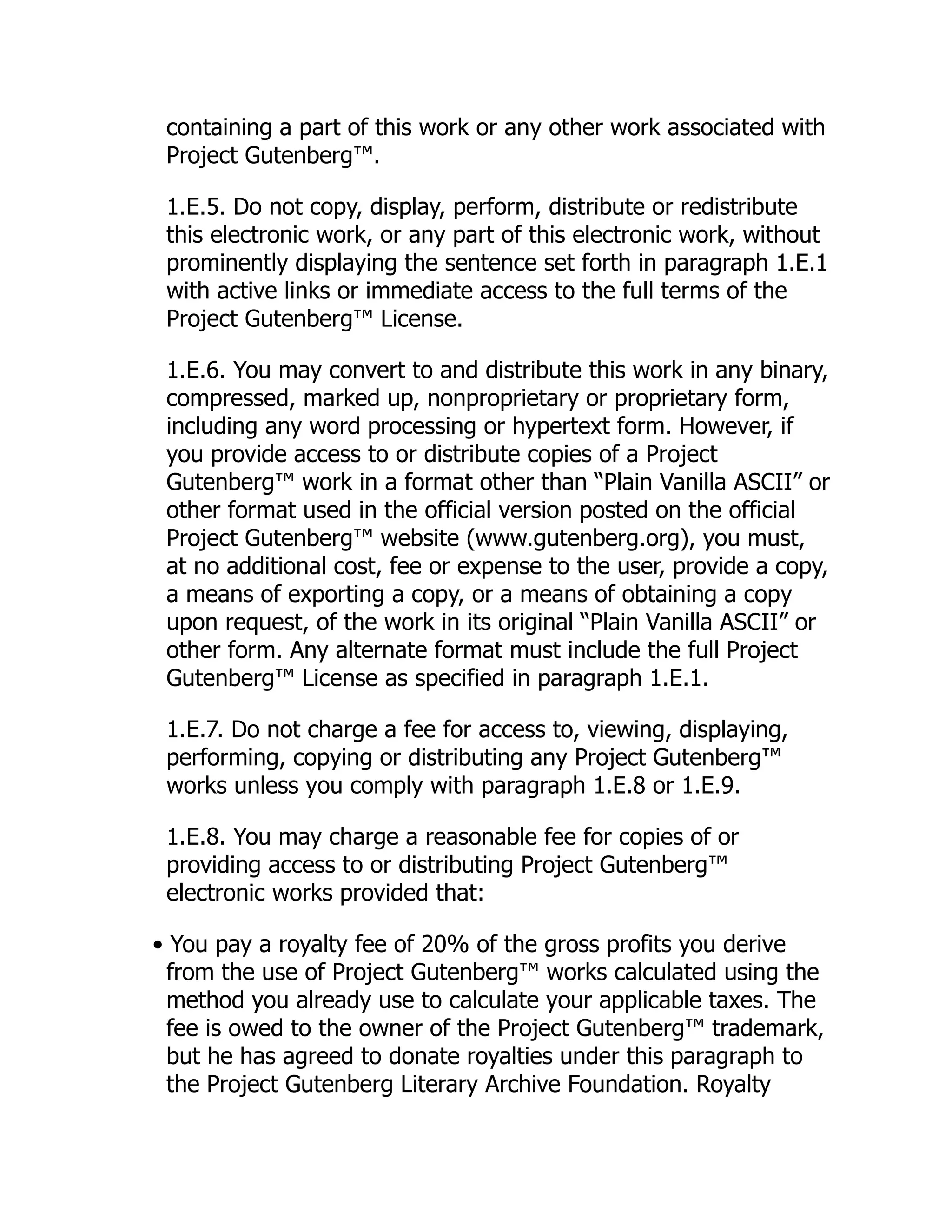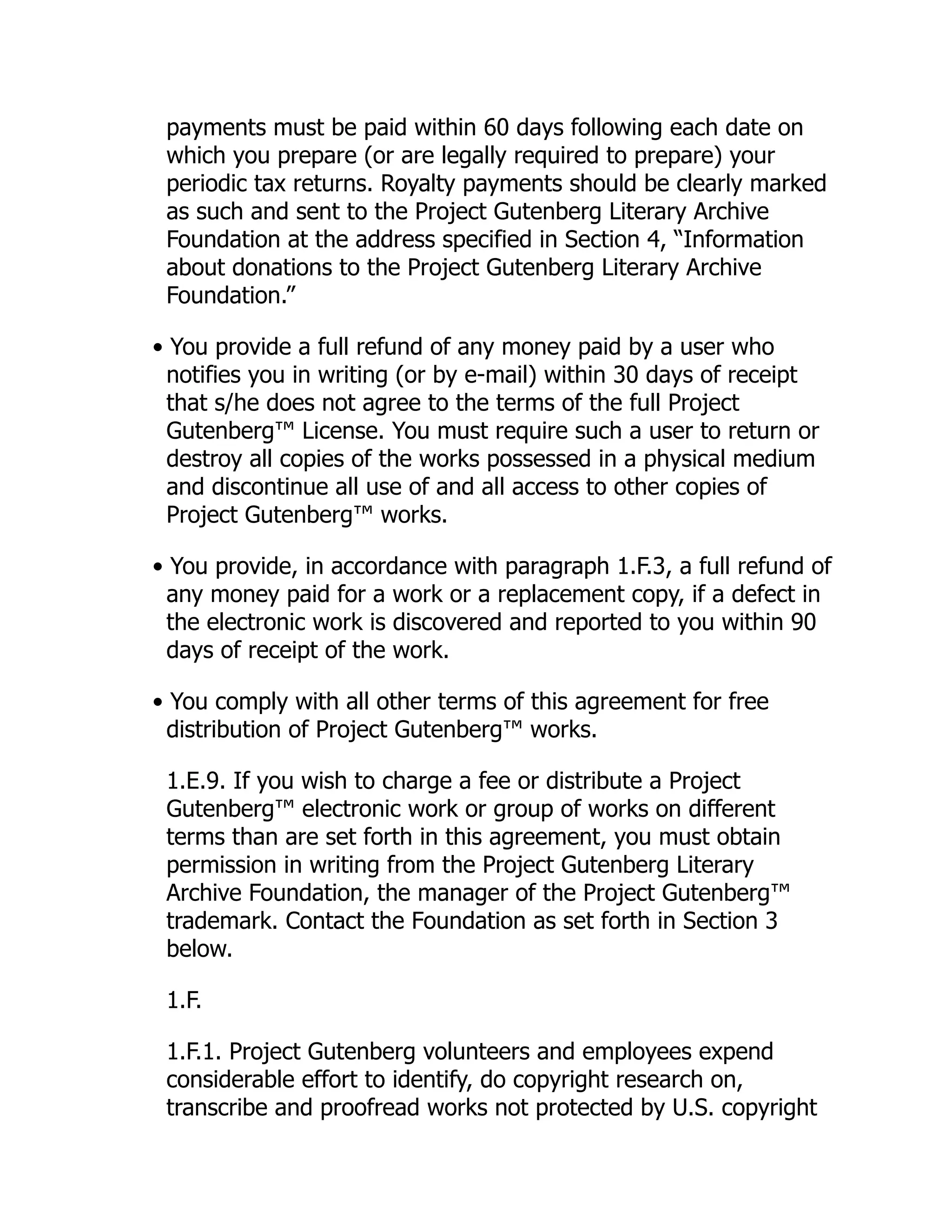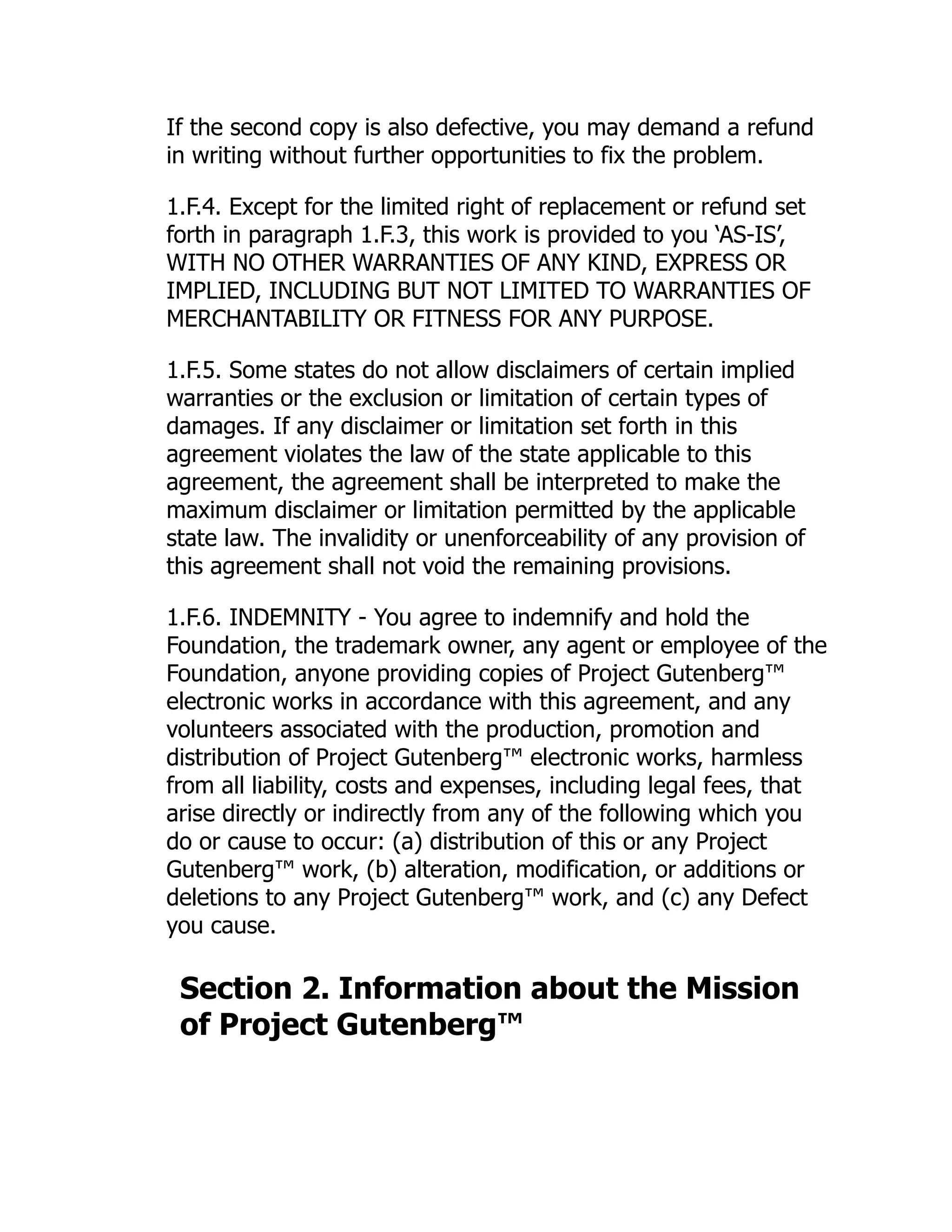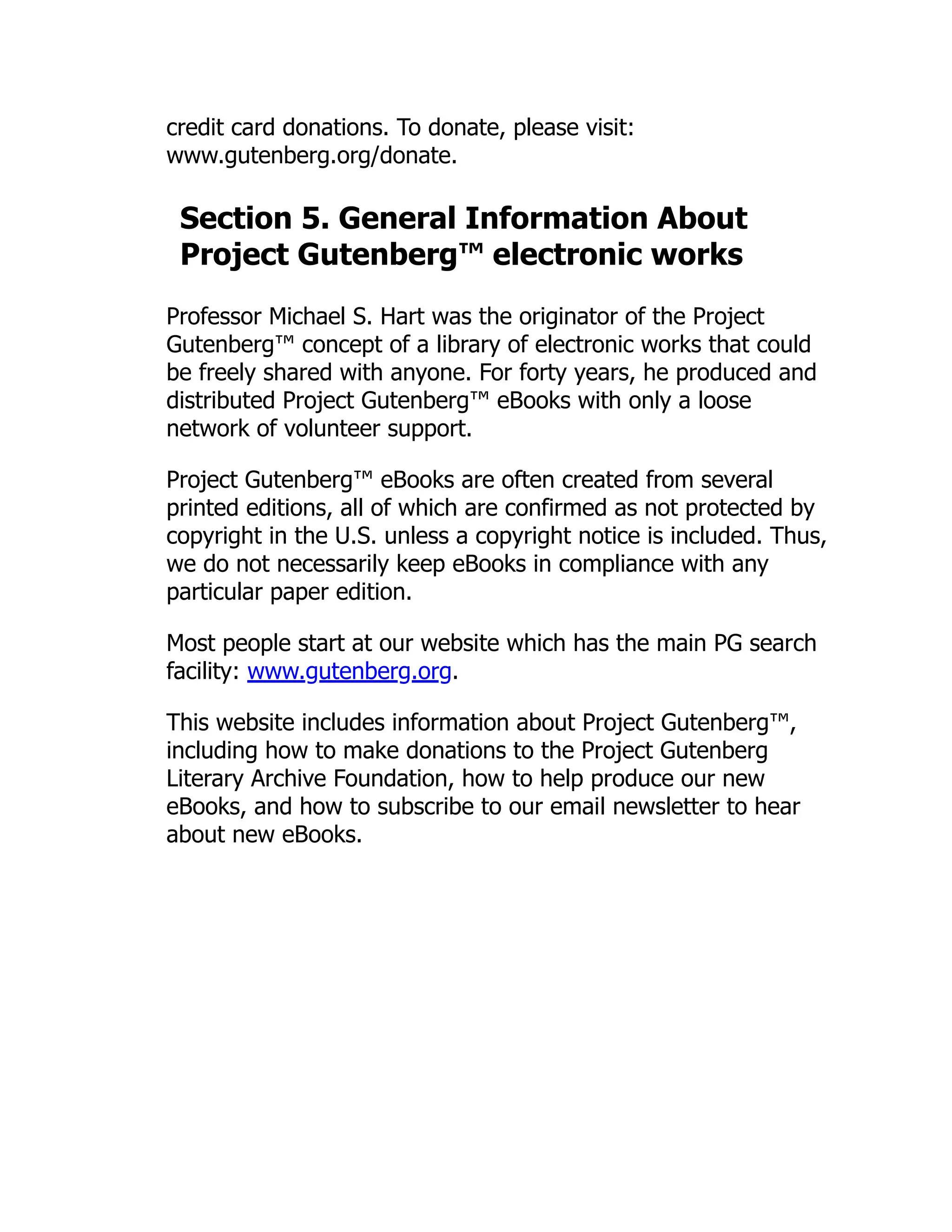WebSphere Application Server Administration Using Jython 1st Edition Robert A. Gibson WebSphere Application Server Administration Using Jython 1st Edition Robert A. Gibson WebSphere Application Server Administration Using Jython 1st Edition Robert A. Gibson
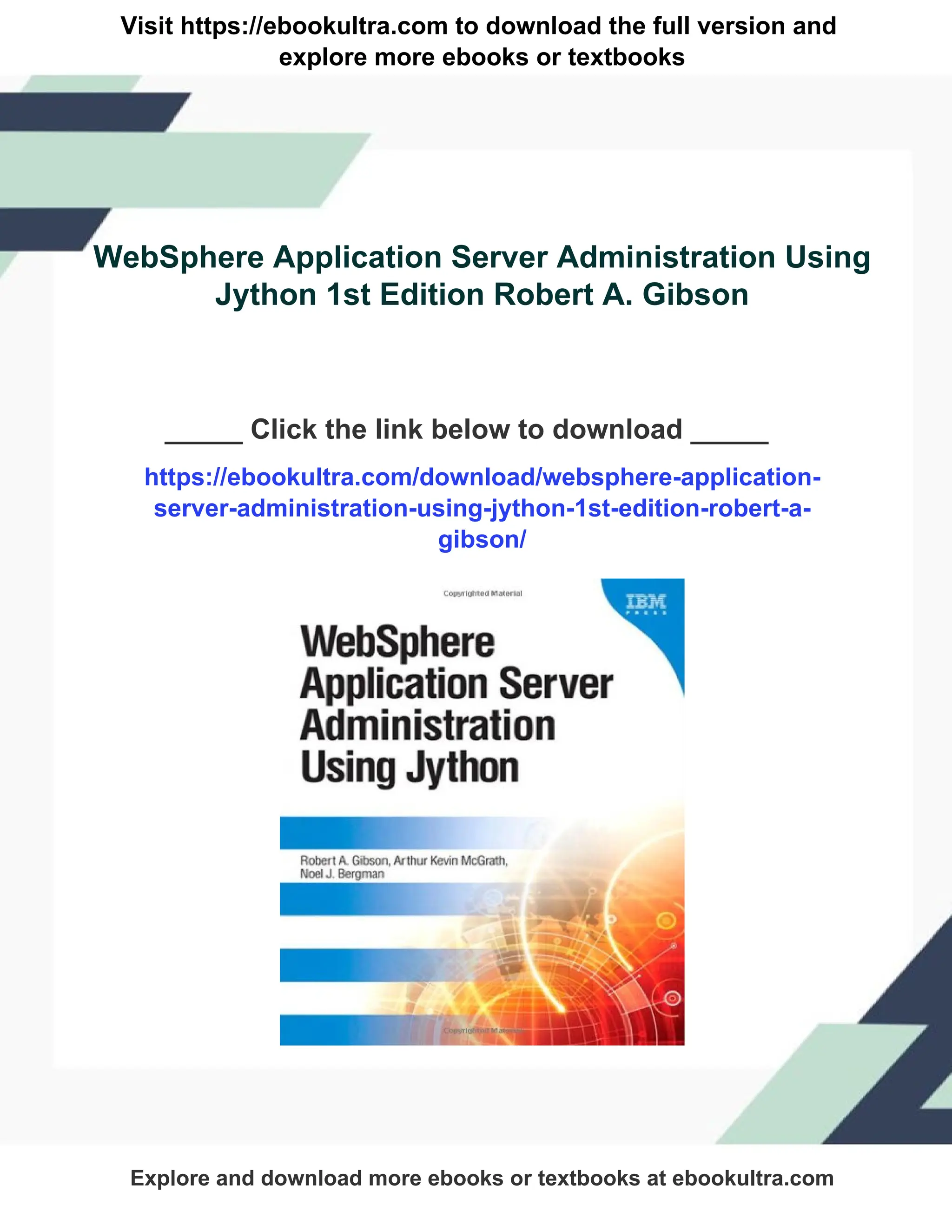
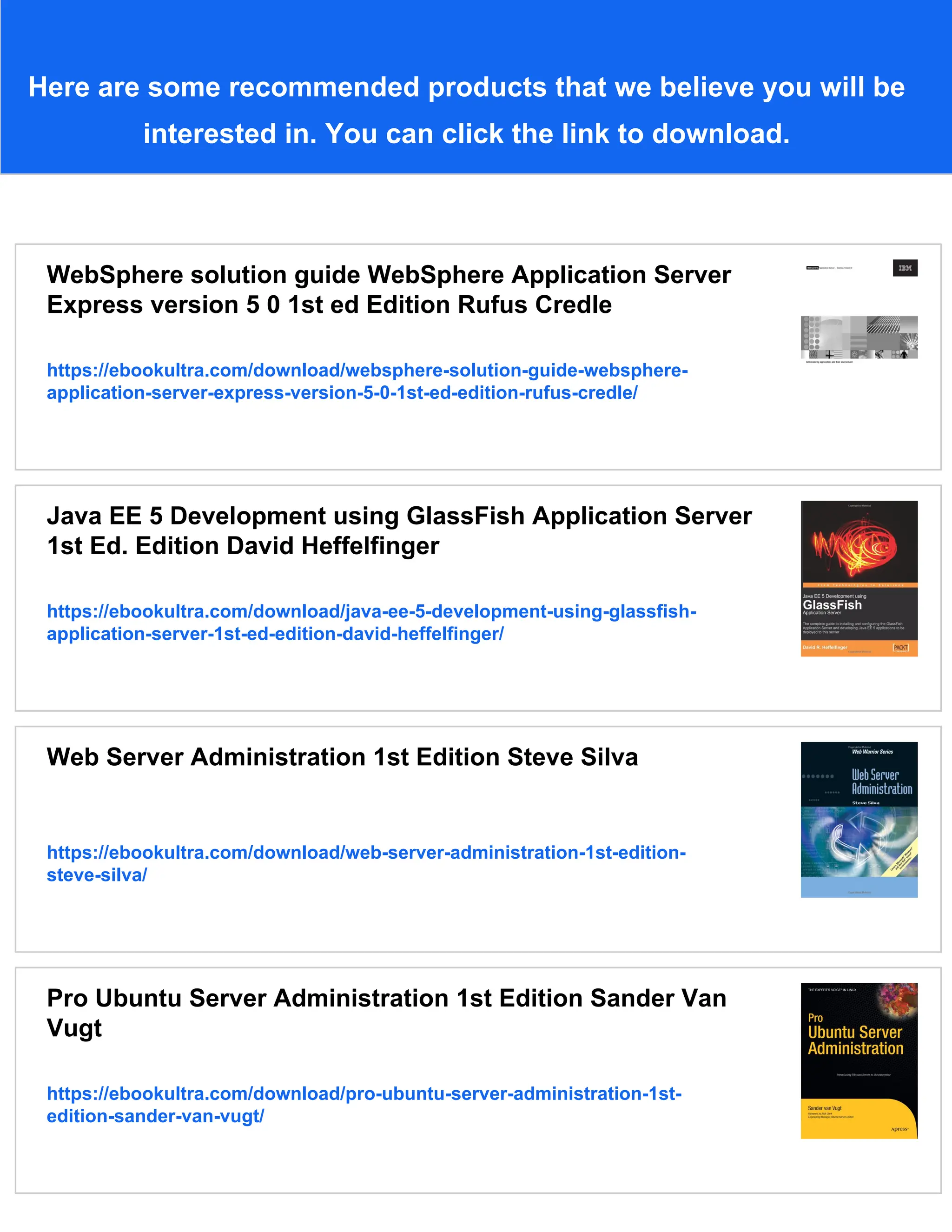
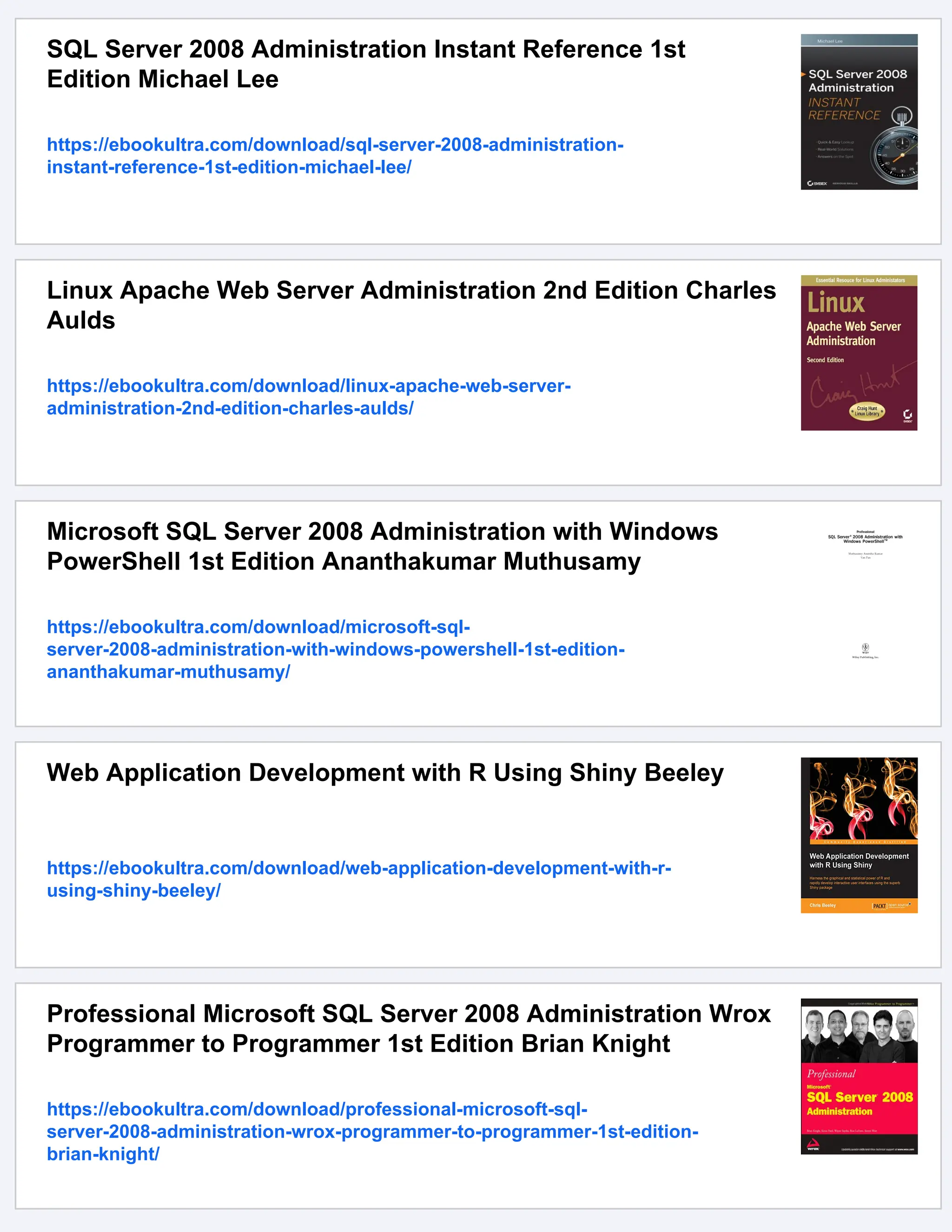


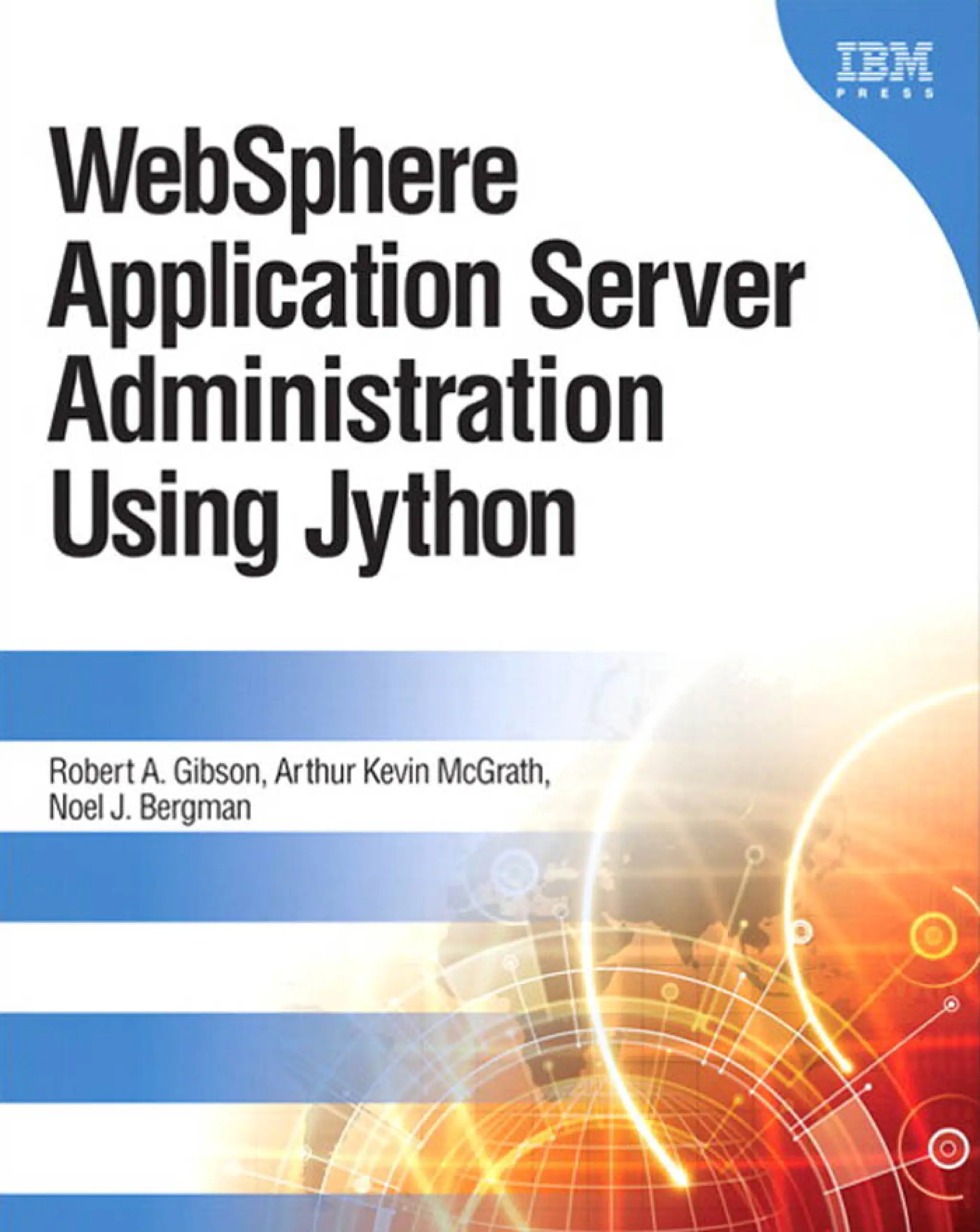
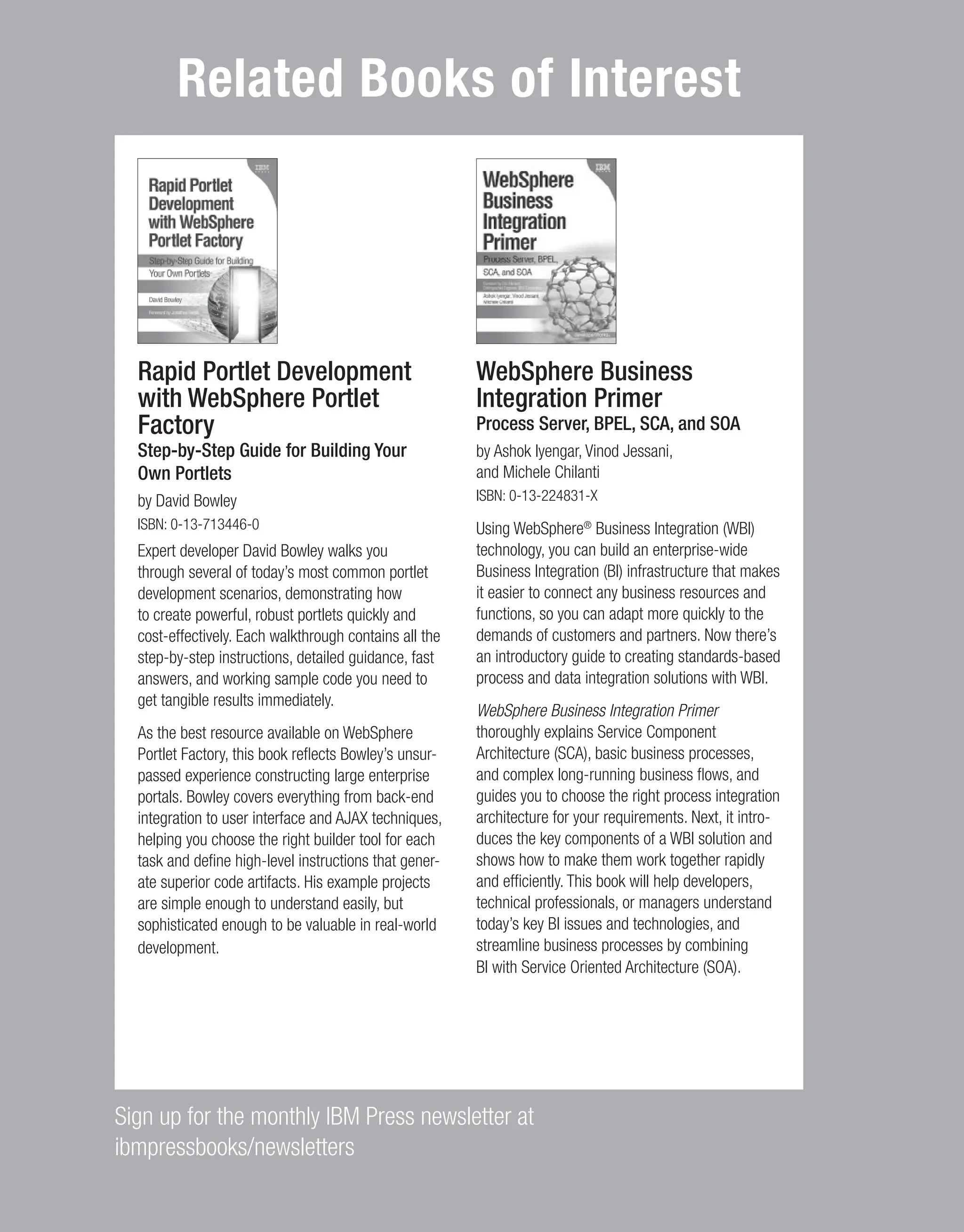

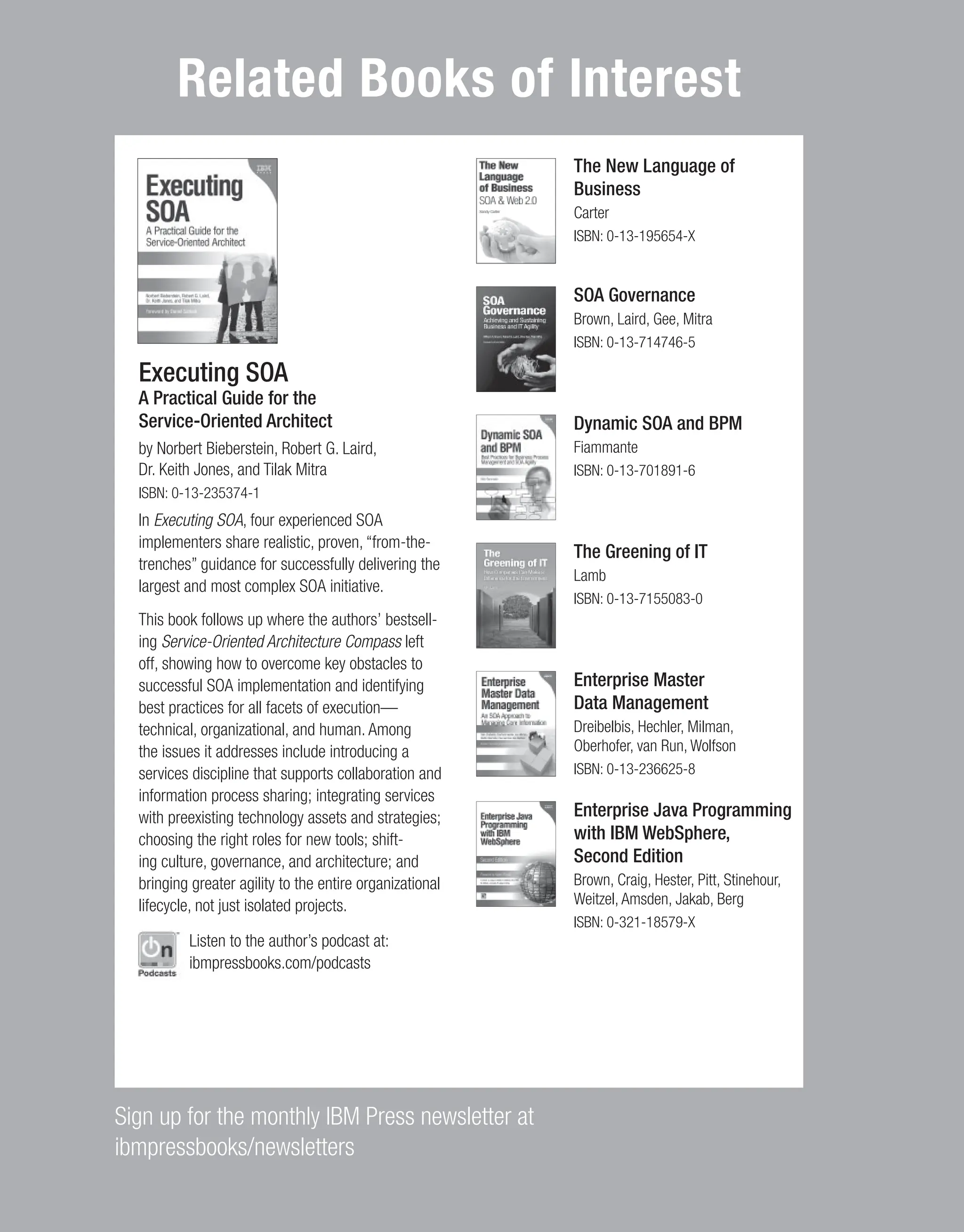

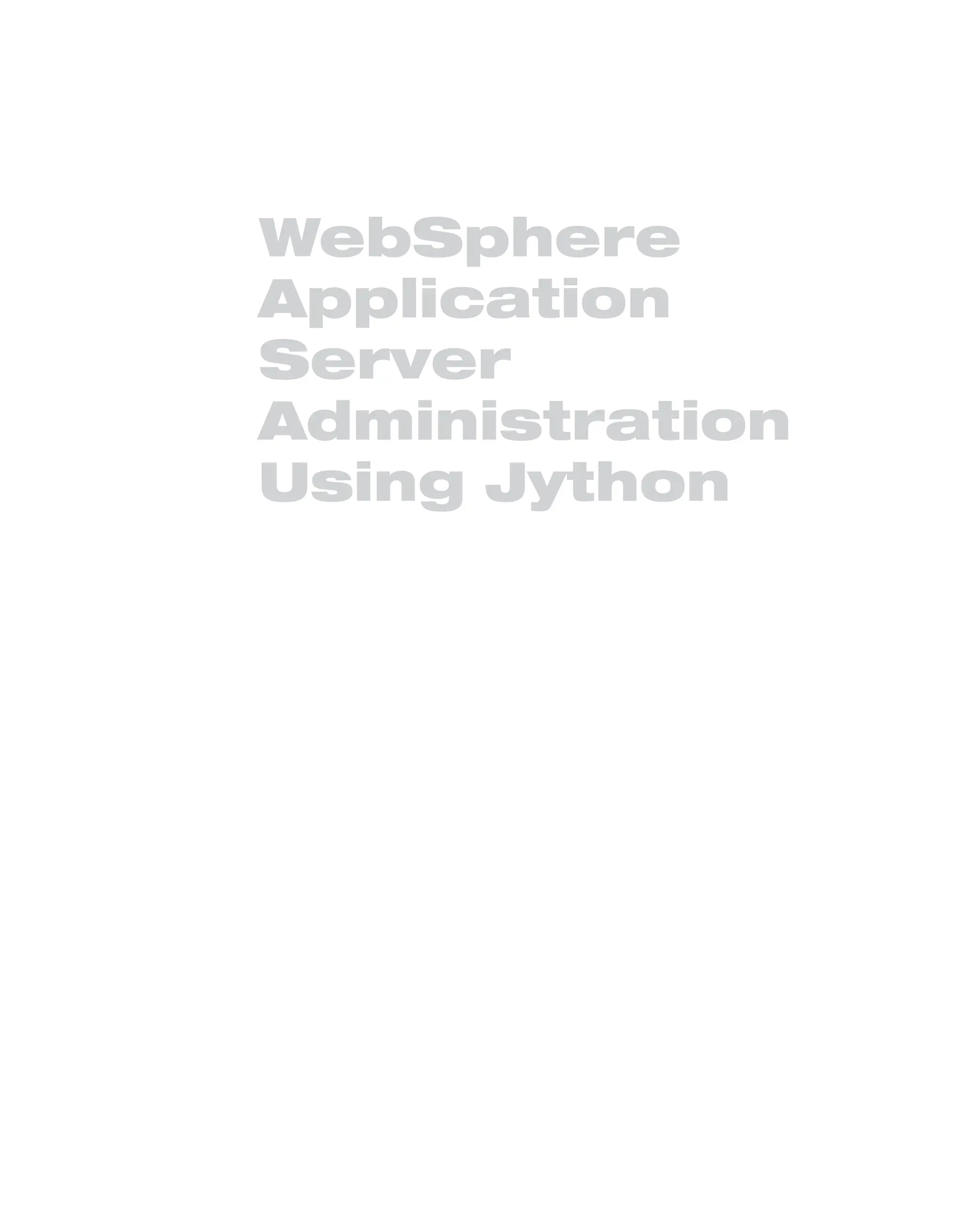
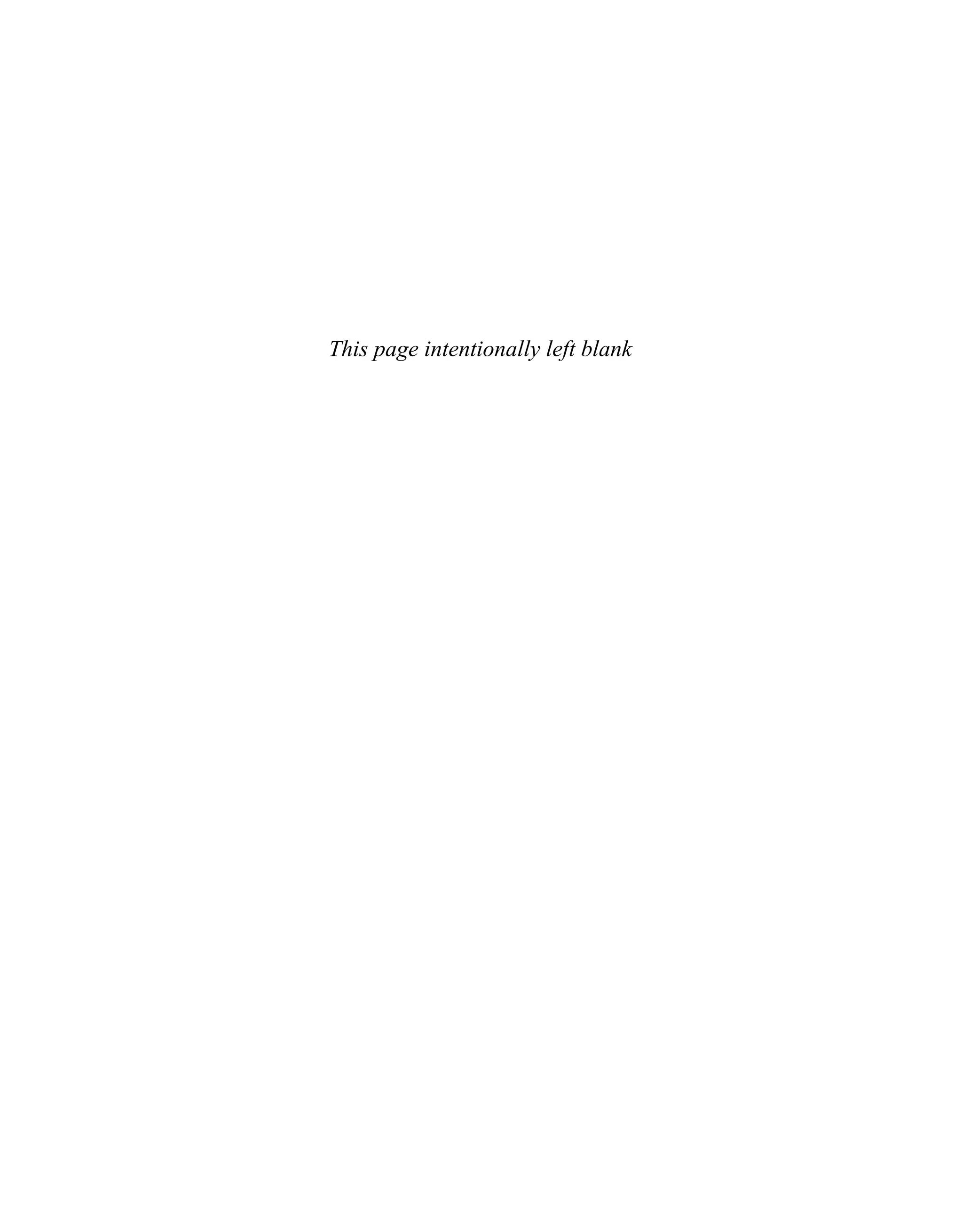
![IBM WebSphere [SUBTITLE ] Deployment and Advanced Configuration Roland Barcia, Bill Hines, Tom Alcott, and Keys Botzum WebSphere Application Server Administration Using Jython Robert A. Gibson, Arthur Kevin McGrath, Noel J. Bergman IBM Press Pearson plc Upper Saddle River, NJ • Boston • Indianapolis • San Francisco New York • Toronto • Montreal • London • Munich • Paris • Madrid Cape Town • Sydney • Tokyo • Singapore • Mexico City Ibmpressbooks.com From the Library of Lee Bogdanoff](https://image.slidesharecdn.com/1162-250309174913-ba466978/75/WebSphere-Application-Server-Administration-Using-Jython-1st-Edition-Robert-A-Gibson-13-2048.jpg)

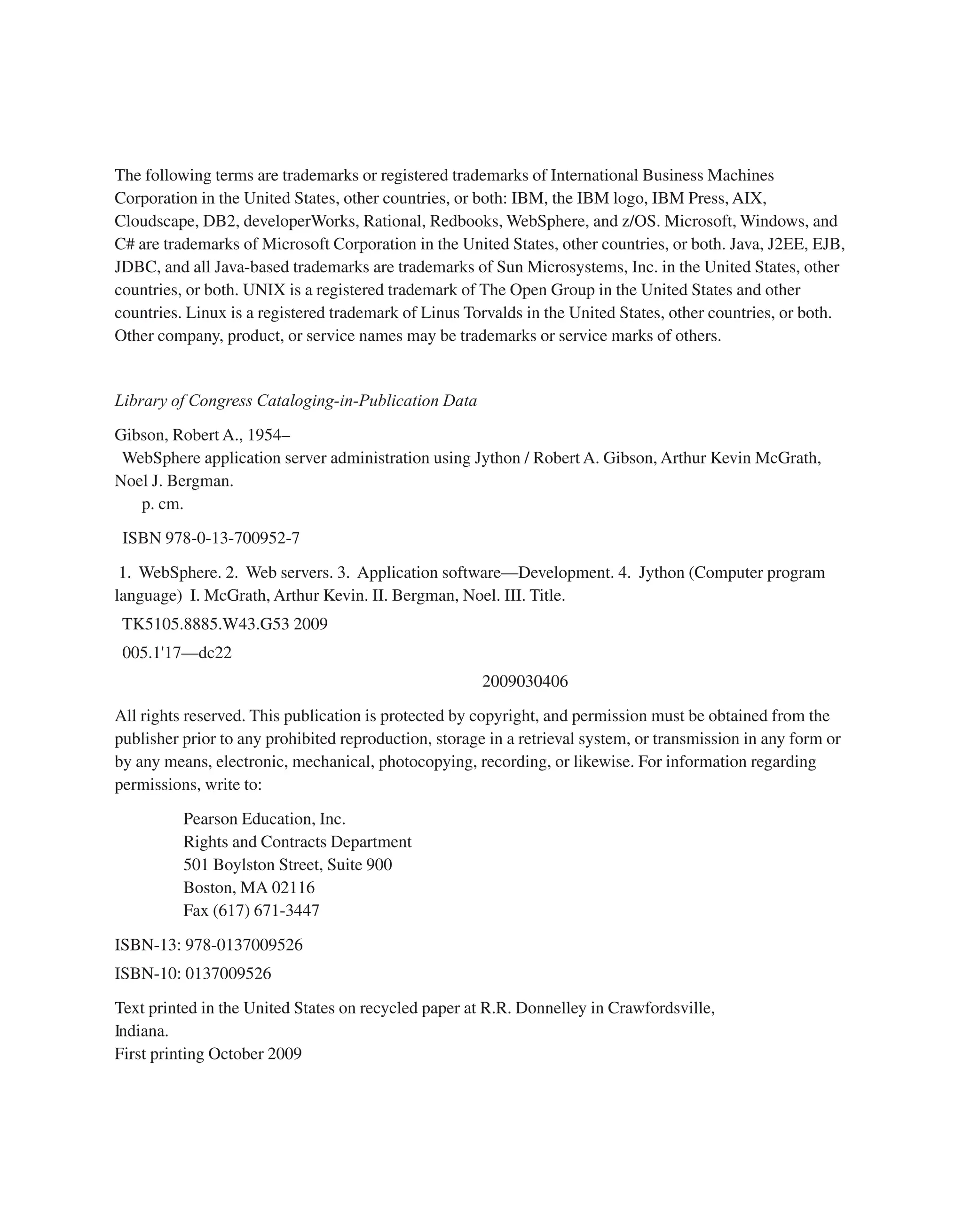
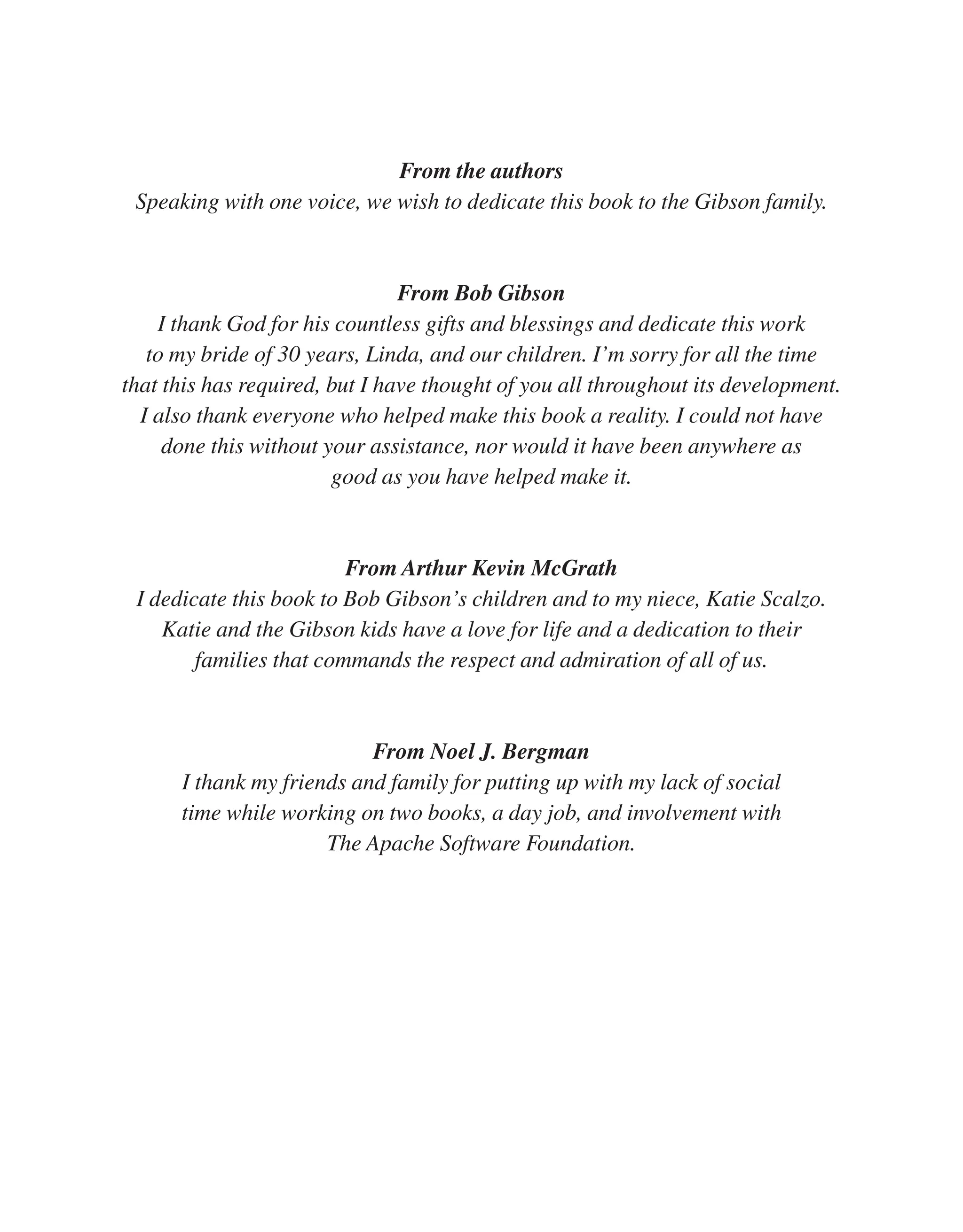
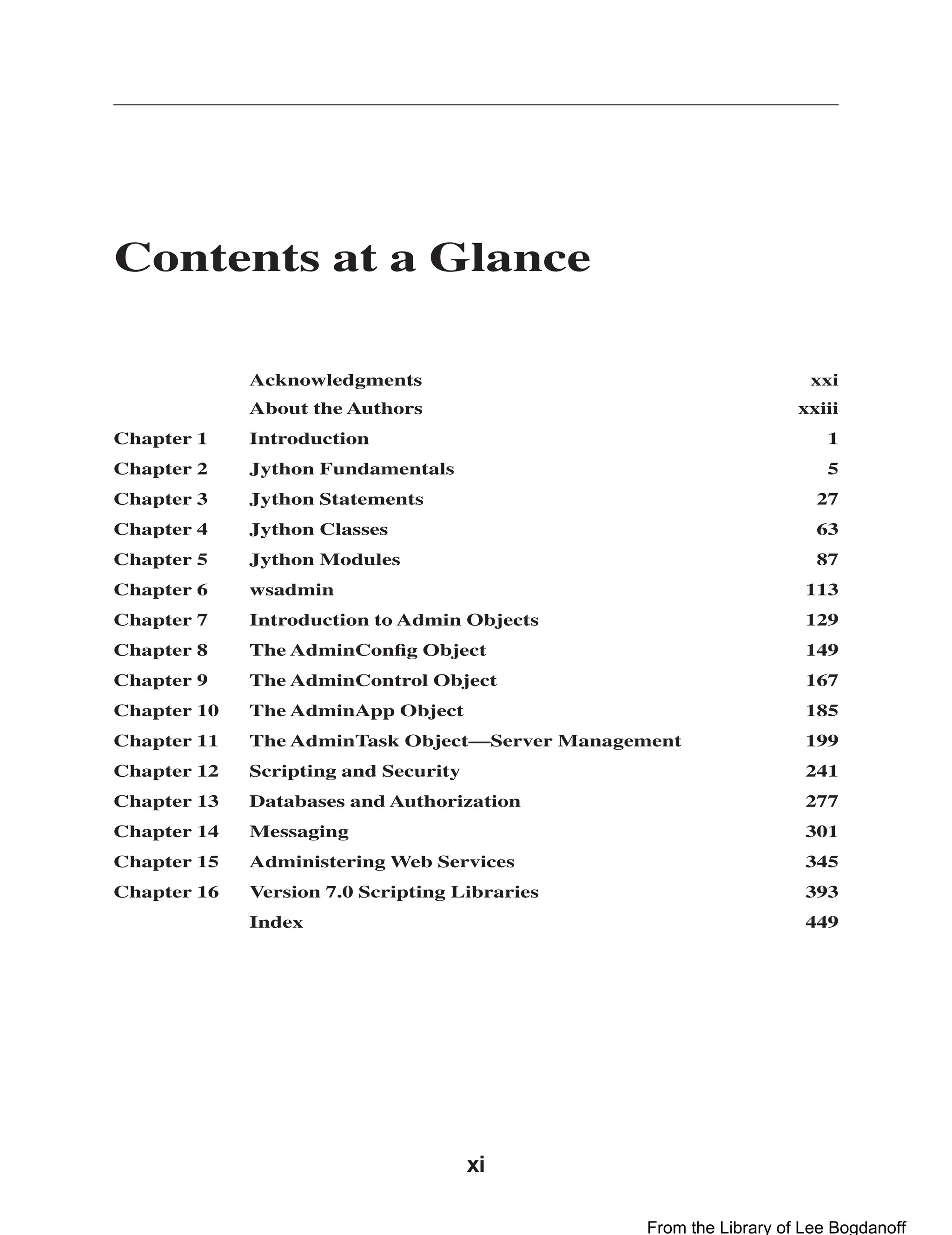

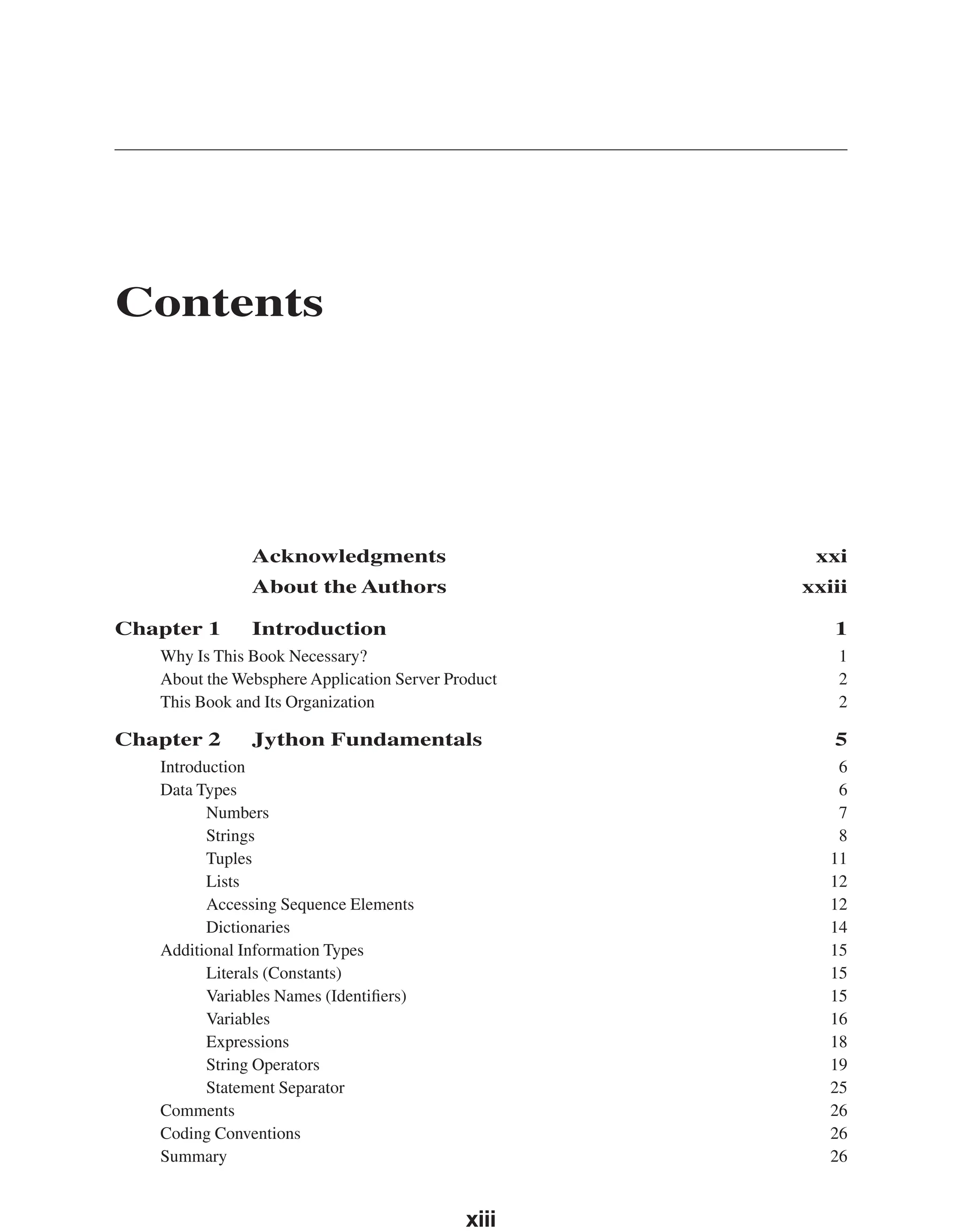
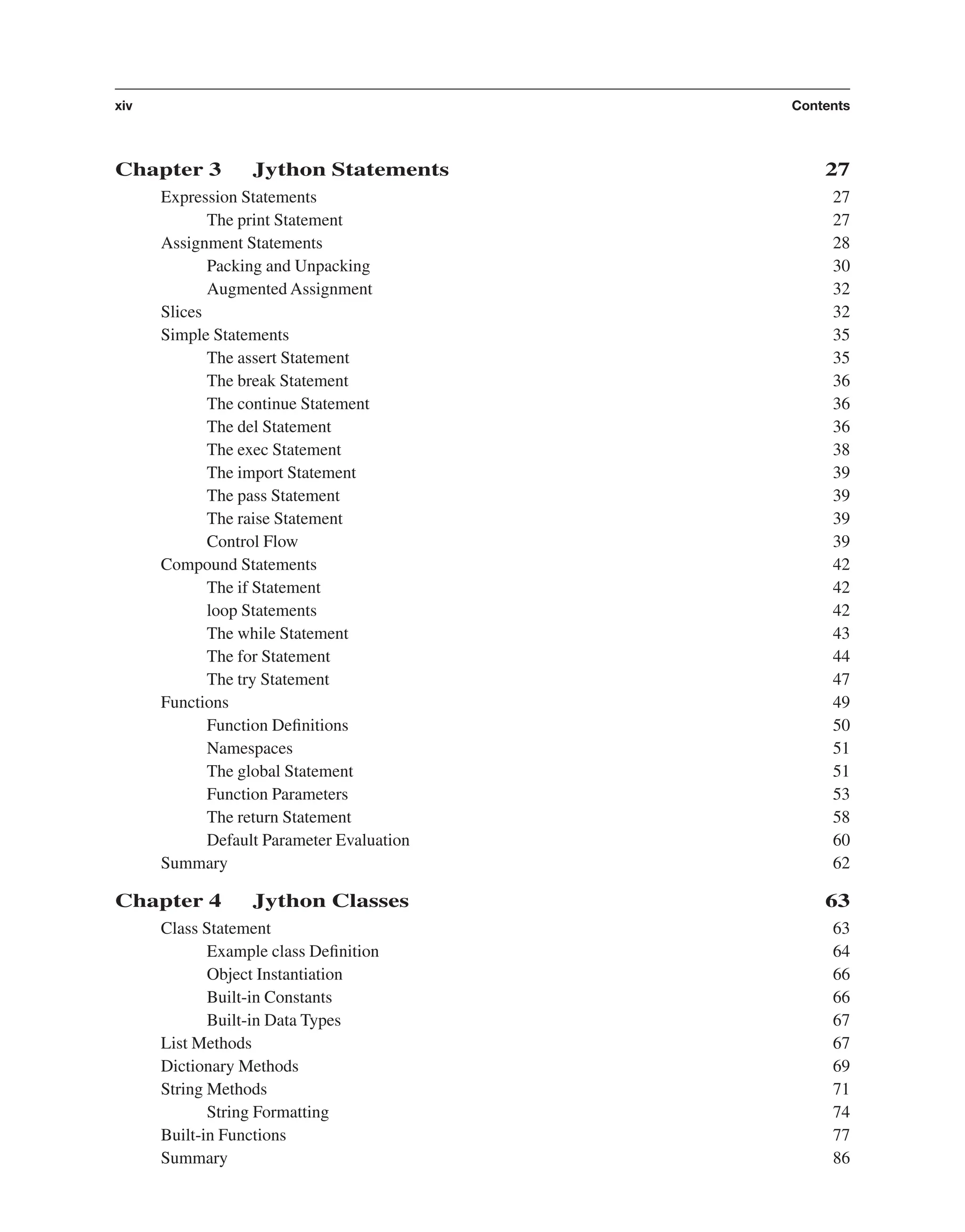

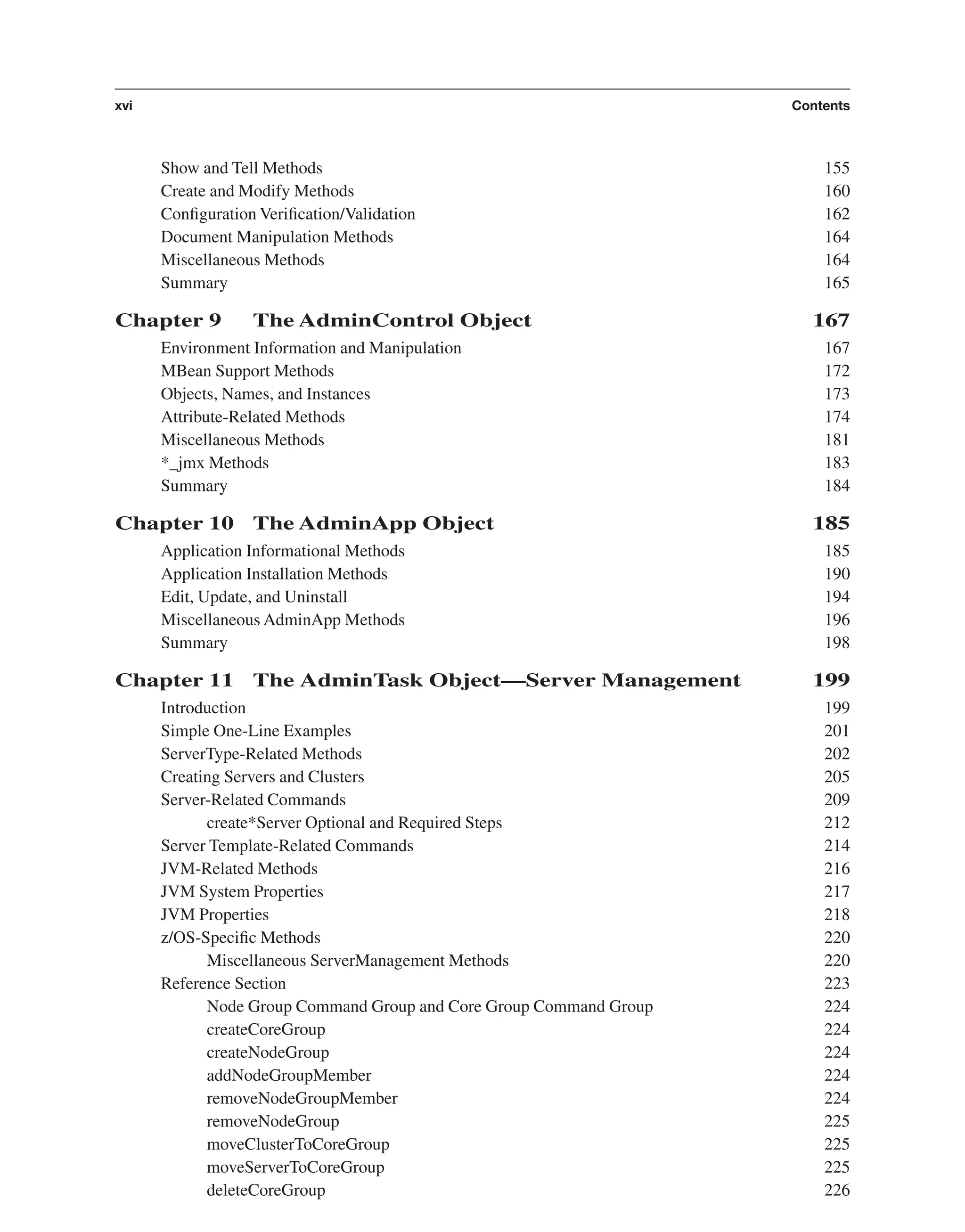
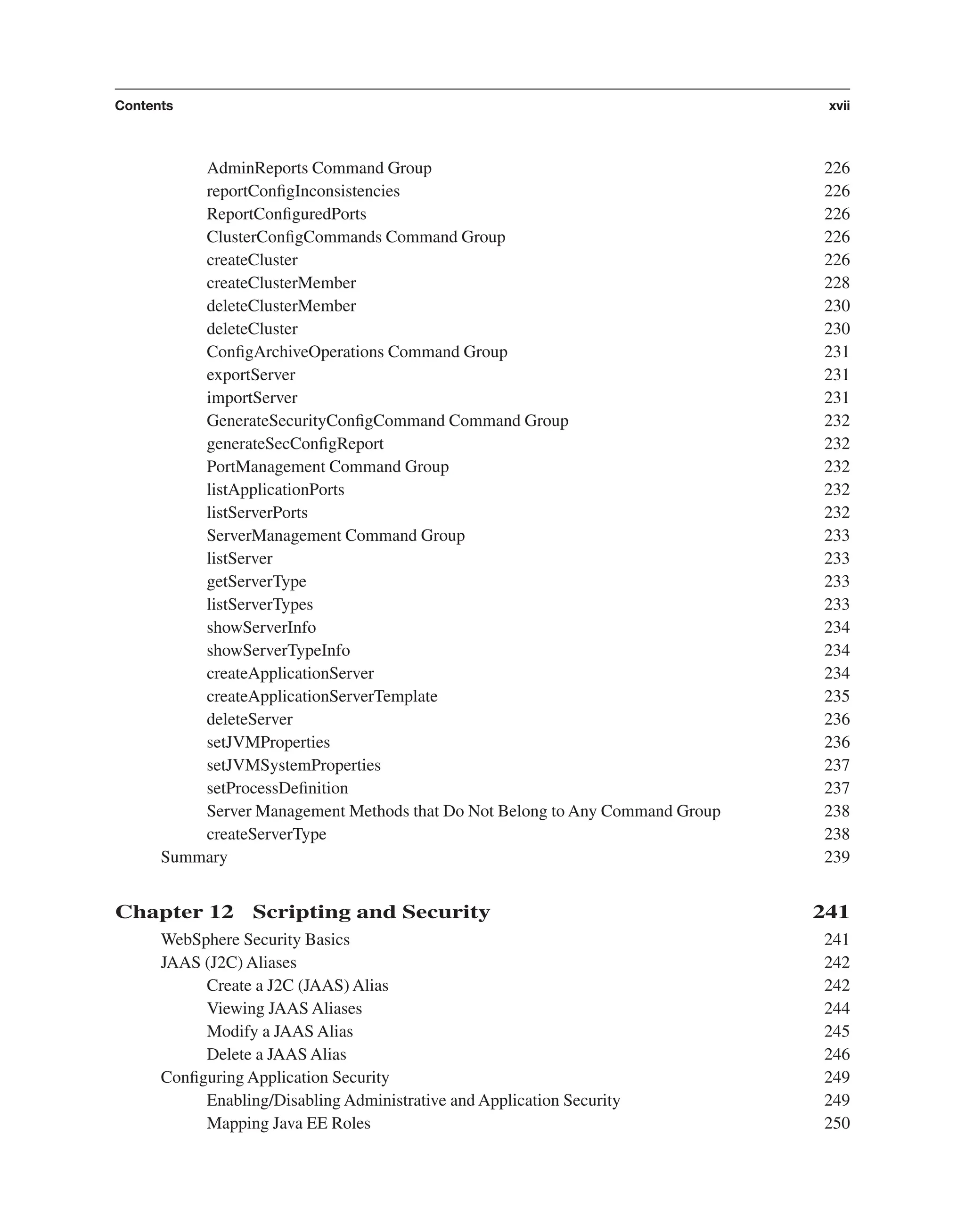

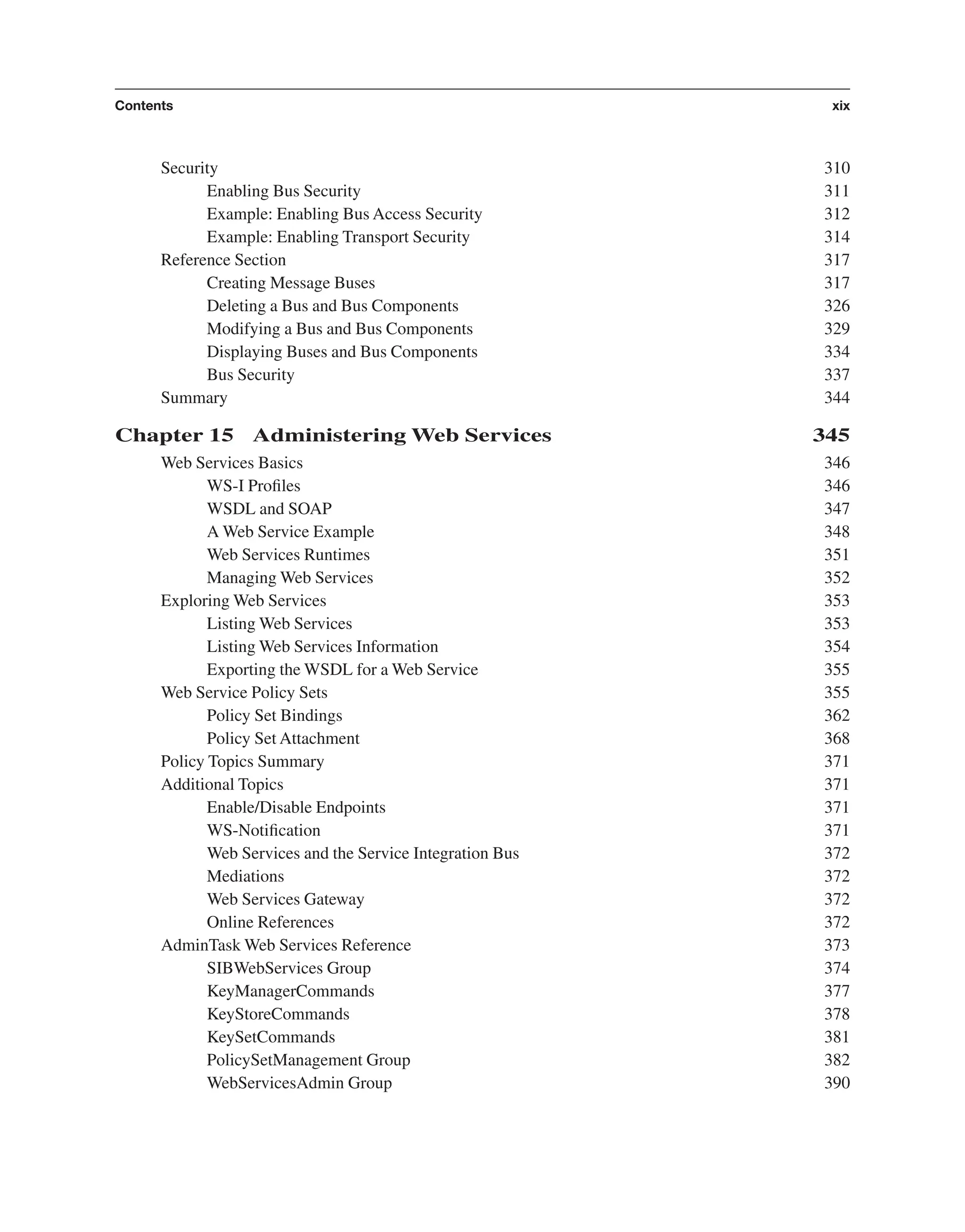
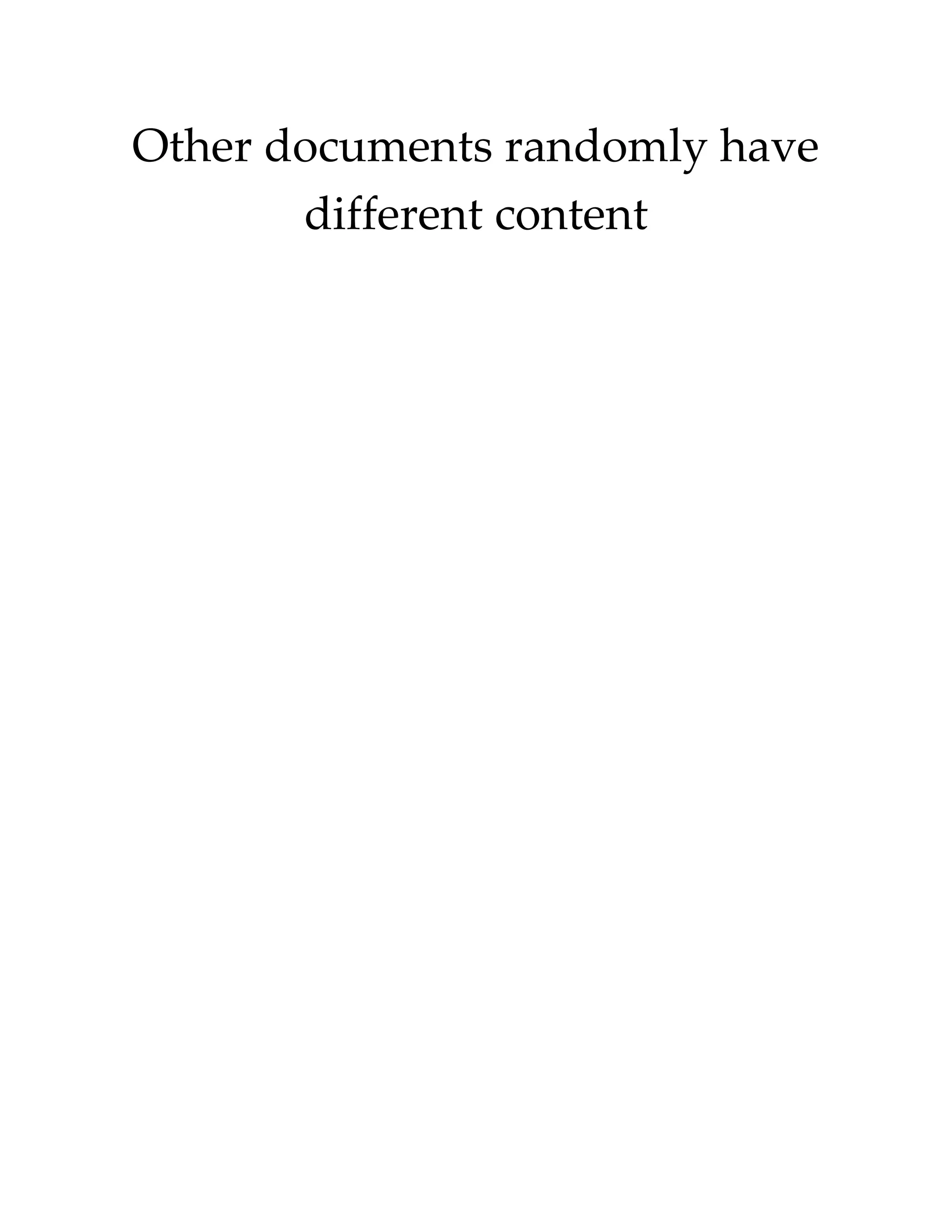




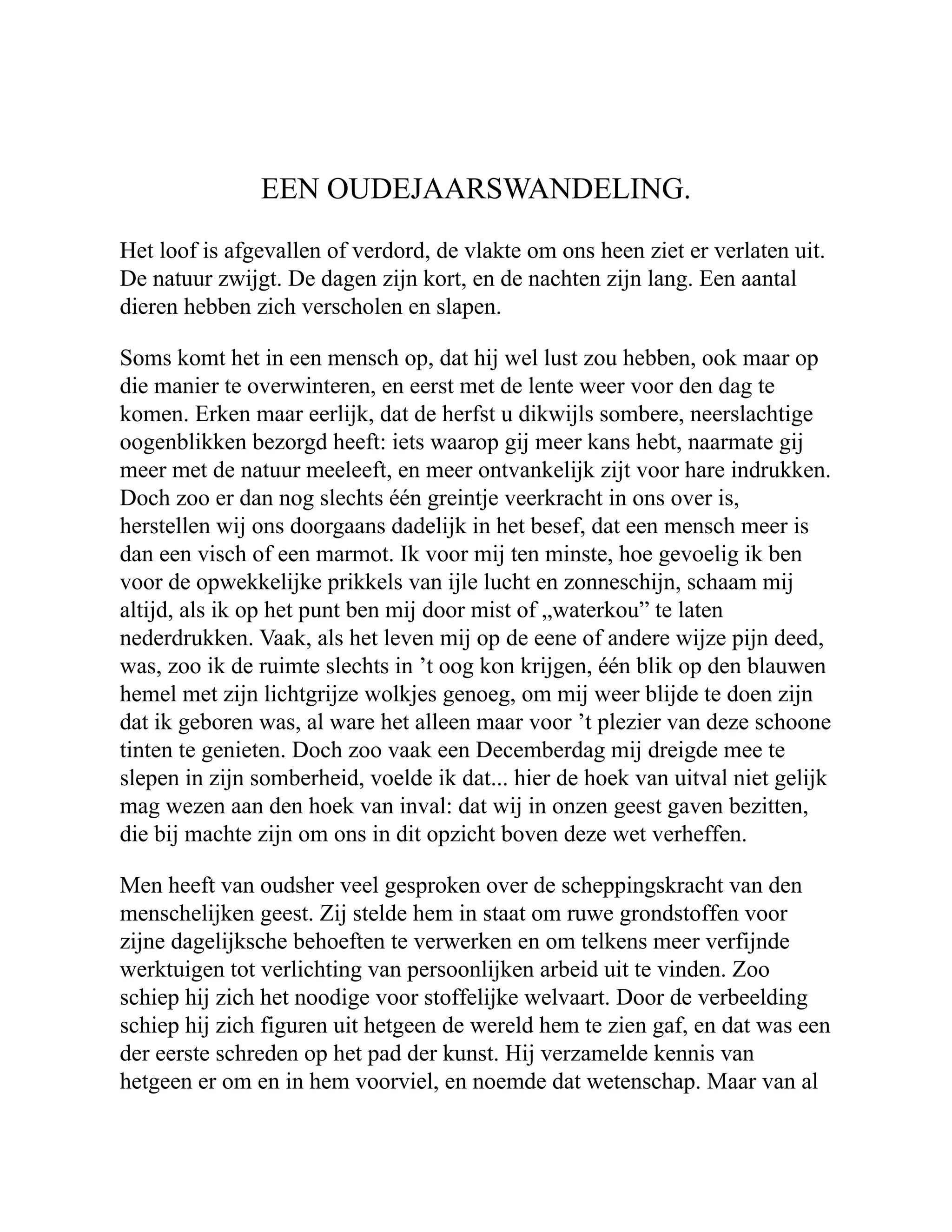
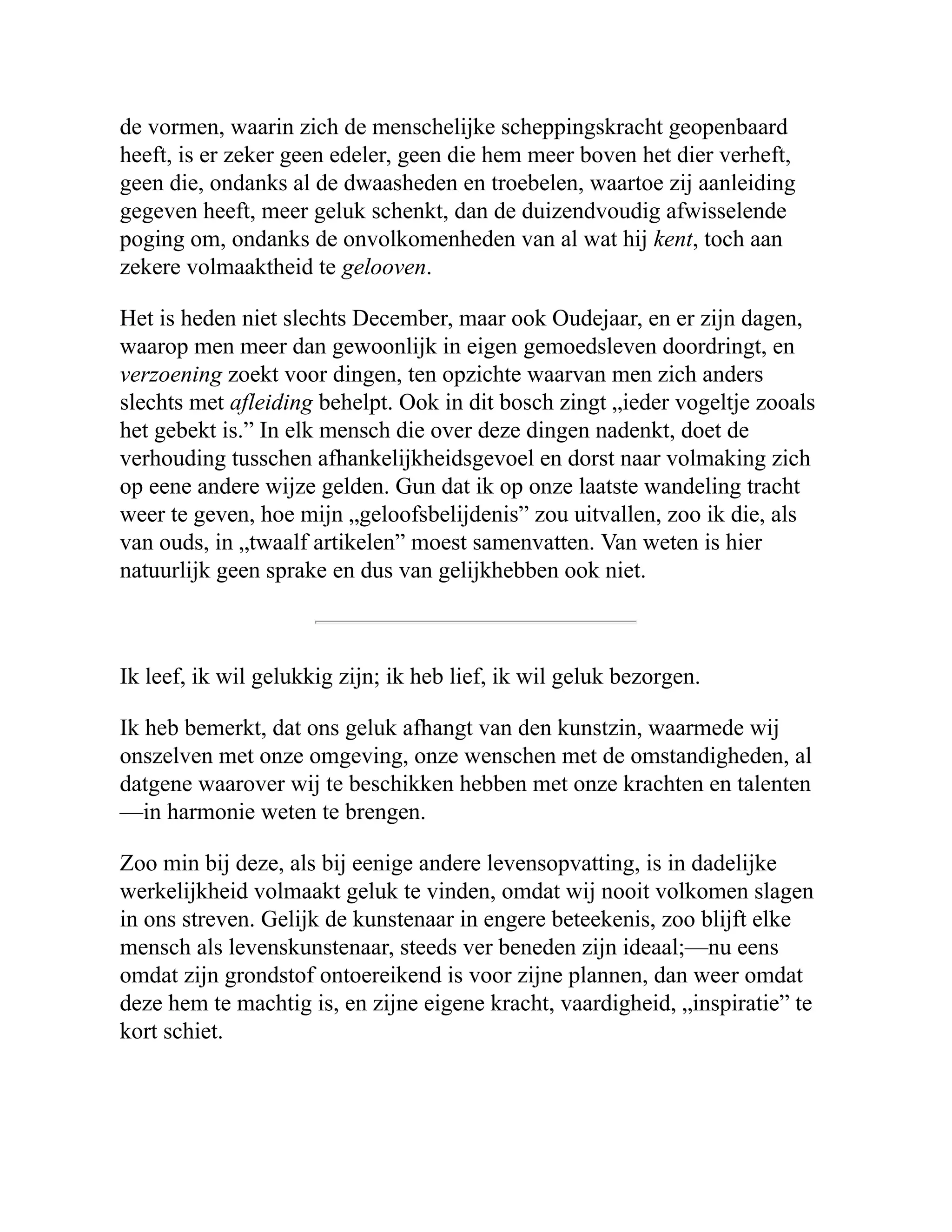
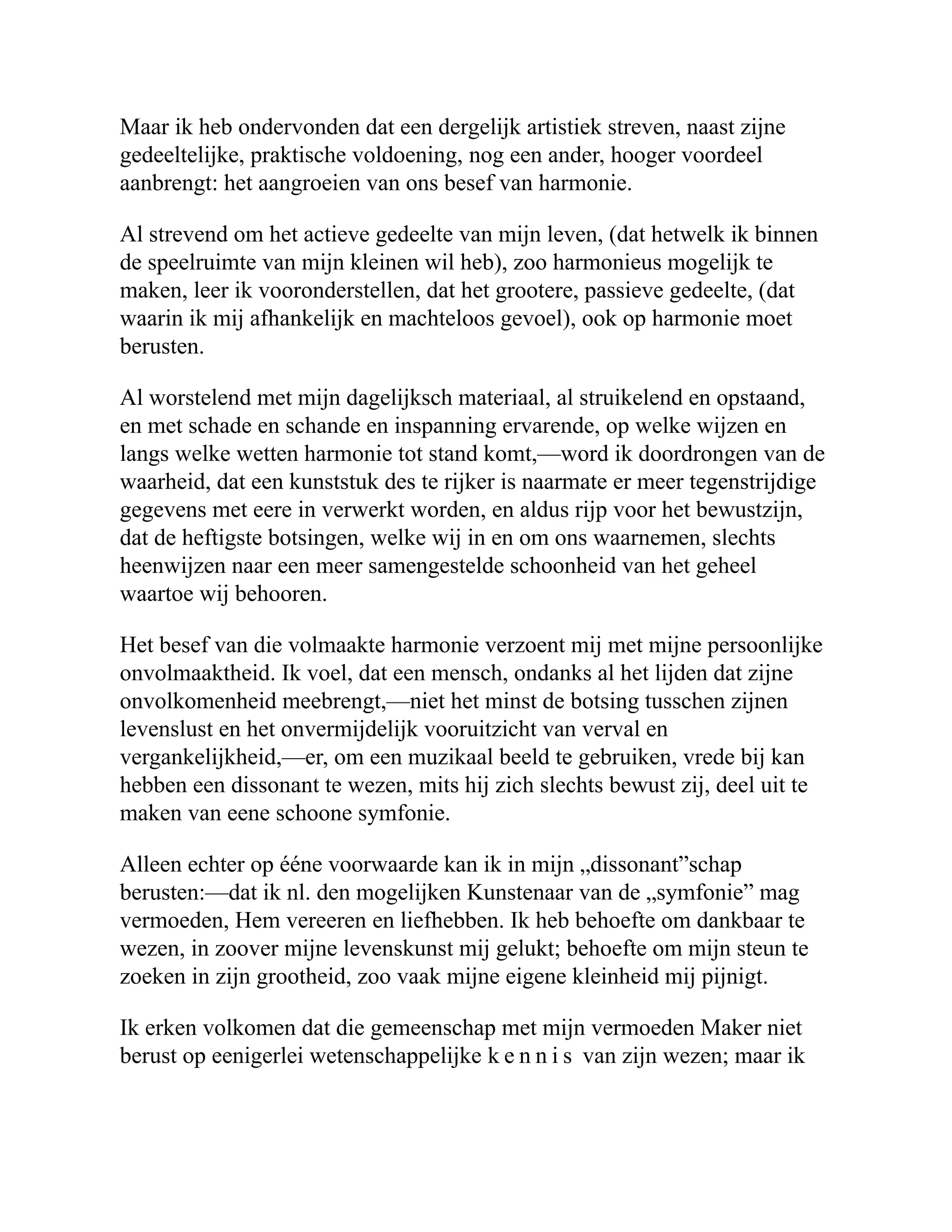

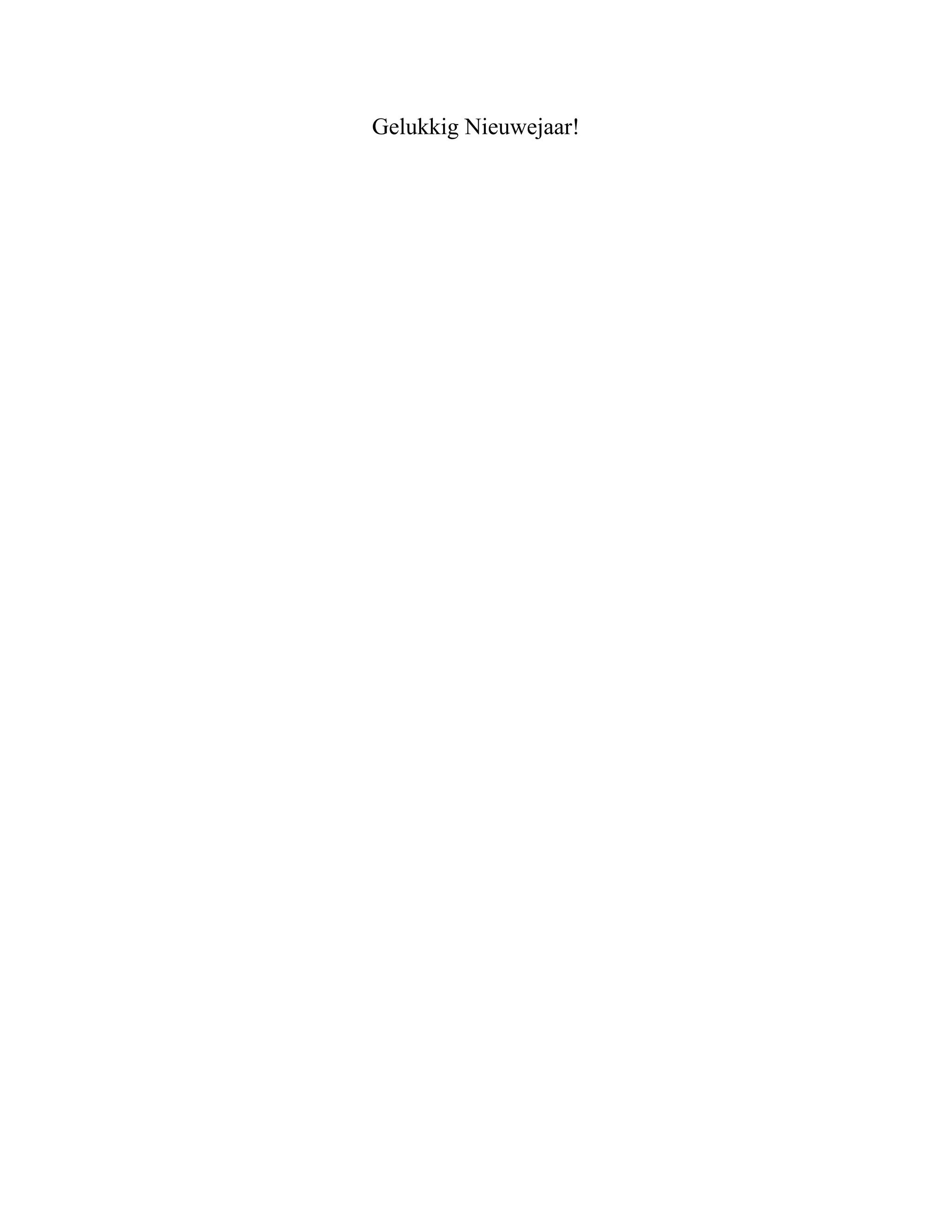
![Colofon Verbeteringen De volgende verbeteringen zijn aangebracht in de tekst: Bladzijde Bron Verbetering 21 voortbrensgelder voortbrengsel der 24 amelliastruik Camelliastruik 24, 39 van daag vandaag 33, 168, 169, 205 [Niet in bron] ” 46 Van af Vanaf 48 kruit kruid 59 diehoekigheid driehoekigheid 64 . [Verwijderd] 77 val- de de 77 af- lende afvallende 91, 166 [Niet in bron] „ 96 verbokkelends verbrokkelends 99 ” [Verwijderd] 112 klevorige kleverige 121 [Niet in bron] . 129 POEZIE POËZIE 136 centaurien centauriën 141 telaat te laat 145 met men 166 Häupte Haupte](https://image.slidesharecdn.com/1162-250309174913-ba466978/75/WebSphere-Application-Server-Administration-Using-Jython-1st-Edition-Robert-A-Gibson-36-2048.jpg)
![174 ,) ), 191 [Niet in bron] , 202 uitholing uitholling 203 Noordbraband Noord-Brabant 209 heimwarts heimwärts 211 Readbreast Redbreast 212 hoever hoe ver 212 vegetariers vegetariërs 214 Martin-pécheur Martin-pêcheur 215 nategaan na te gaan 217 im am 217 vil viel 217 dann denn 226 shrubery shrubbery 228 in is](https://image.slidesharecdn.com/1162-250309174913-ba466978/75/WebSphere-Application-Server-Administration-Using-Jython-1st-Edition-Robert-A-Gibson-37-2048.jpg)
